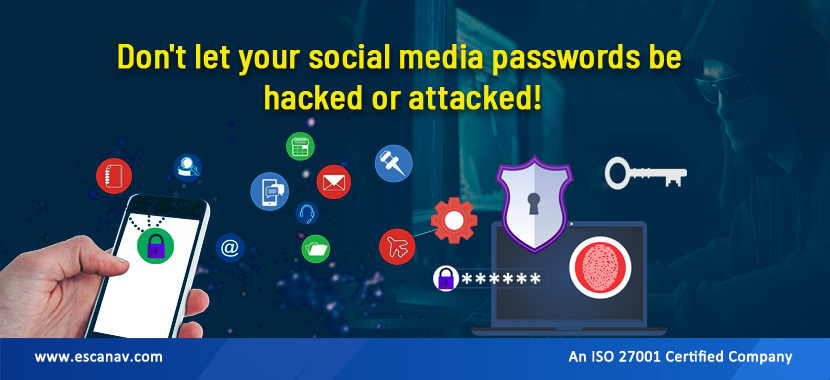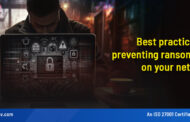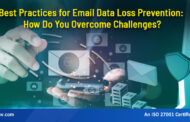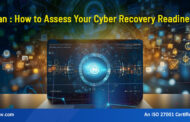Why would a hacker want access to your social media account? Plenty.
A social media account can be hijacked for several reasons. With scams, they will trick their victim’s followers and friends. In order to do so, they’ll flood feeds with misinformation. Also, they’ll steal photos and chats in DMs, as well as all kinds of personal information. In all, a stolen social media account could lead to fraud, blackmail, and other crimes.
The good news is that you have a strong line of defense against it: multi-factor authentication (MFA).
What is multi-factor authentication (MFA)?
Besides two-factor authentication, two-step verification and multifactor authentication, multi-factor authentication all improve account security in much the same way. They add additional steps to the login process to prove that you are, in fact, you. The “multi-factor” in multi-factor authentication refers to it being in addition to the usual username/password combination. In fact, they all work in a similar way to increase your account’s security. A new step or steps are added to the login process. The extra proof you need to prove you’re you. In multi-factor authentication, the second factor is in addition to the username and password combination.
Examples of MFA include:
1. One-time codes are sent via text message or phone call, often when logging into bank and credit card accounts.
2. A one-time code is sent to an authentication app, such as when logging into a gaming website.
3. If you are asked for an answer to a security question, such as the name of your elementary school or the model of your first vehicle.
4. A fingerprint or facial scan is a form of biometric information.
The Multi-Factor Authentication (MFA) system prevents hackers from getting into your account just by using your password and username. In addition to the login process, they need an extra piece of evidence that only you should have.
It is important to remember that you should never share the information you use in your security questions with others or your one-time security codes. There are many types of phishing scams scammers use to steal that information.
How to set up MFA on your social media accounts.
MFA is offered by most major social media platforms, though they call it by other names. Several platforms refer to it as “two-factor authentication,” as you’ll see.”
Because interfaces and menus can change over time, it’s best to go straight to the source if you want to set up MFA for your social media accounts. Step-by-step instructions are available on the help pages of social media platforms. It should be easy to find results by searching for “multi-factor authentication” and your social media platform’s name.
Here are the appropriate help pages for some of the most popular platforms:
Facebook two-factor authentication help page
Instagram two-factor authentication help page
Twitter two-factor authentication help page
TikTok two-factor authentication help page
Snapchat two-factor authentication help page
MFA – a good call for your social media accounts, and other accounts too.
A social media account is a reflection of who you are in many ways. You can use it to reflect your friendships, interests, likes, and conversations. It should only be accessible to you. Maintaining the status quo can be made easier by implementing MFA.
Additionally, enabling MFA across all accounts that offer it is a smart security move. It puts a major barrier in the path of would-be hackers who, somehow, in some way, have gotten access to your username and password.
Ensure that your social media accounts have strong, unique passwords. By using strong, unique passwords and MFA, you’ll make it even more difficult to hack your account. Have you ever wondered what a strong, unique password looks like? Here’s a hint: a password with eight characters is less secure than you might think. With a quick read, you can create strong, unique passwords that are tough to crack.
Lastly, consider using comprehensive online protection software if you aren’t already. In addition to securing your devices from hacks and attacks, it can help protect your privacy and identity across your travels online—both on social media and off.







